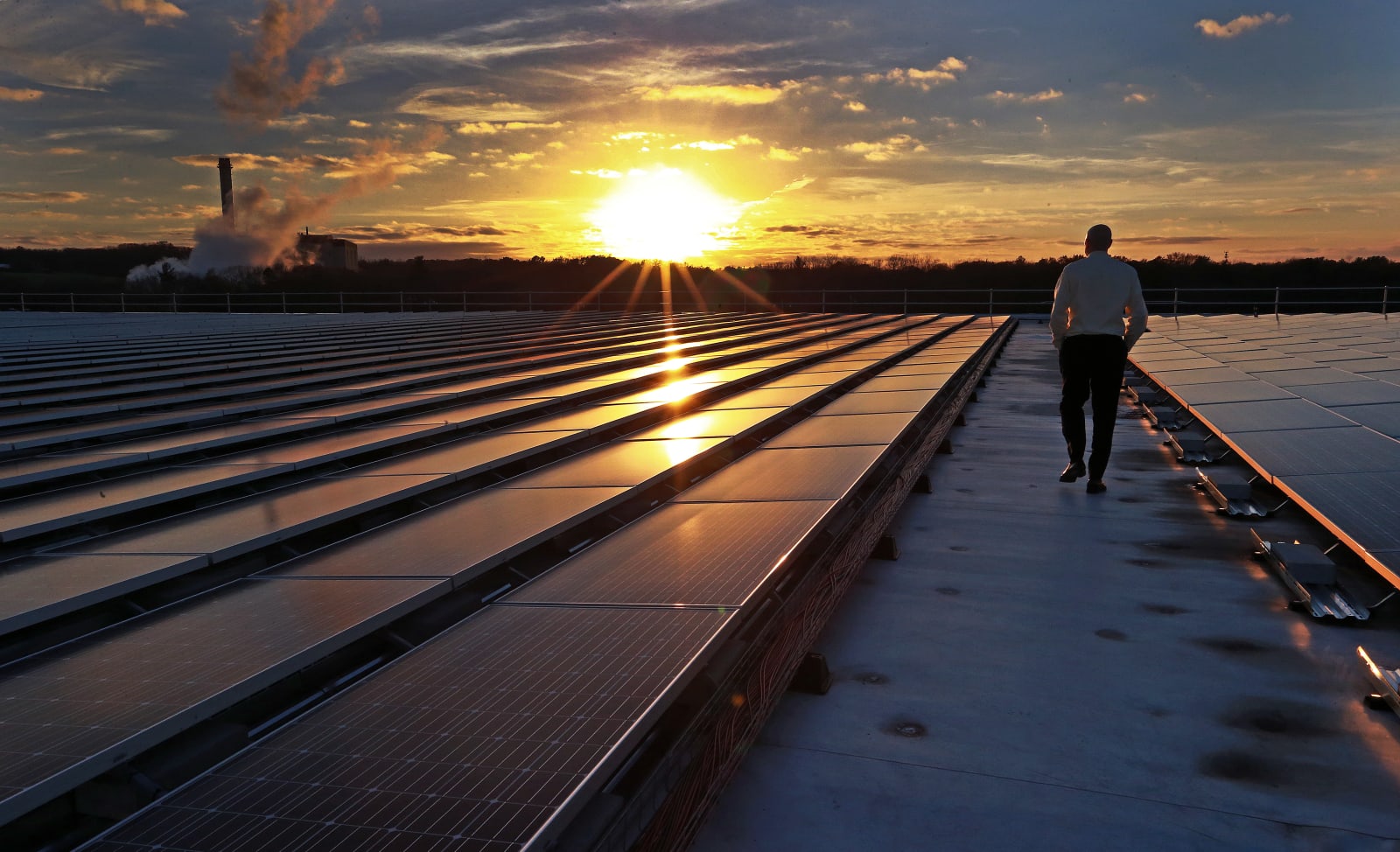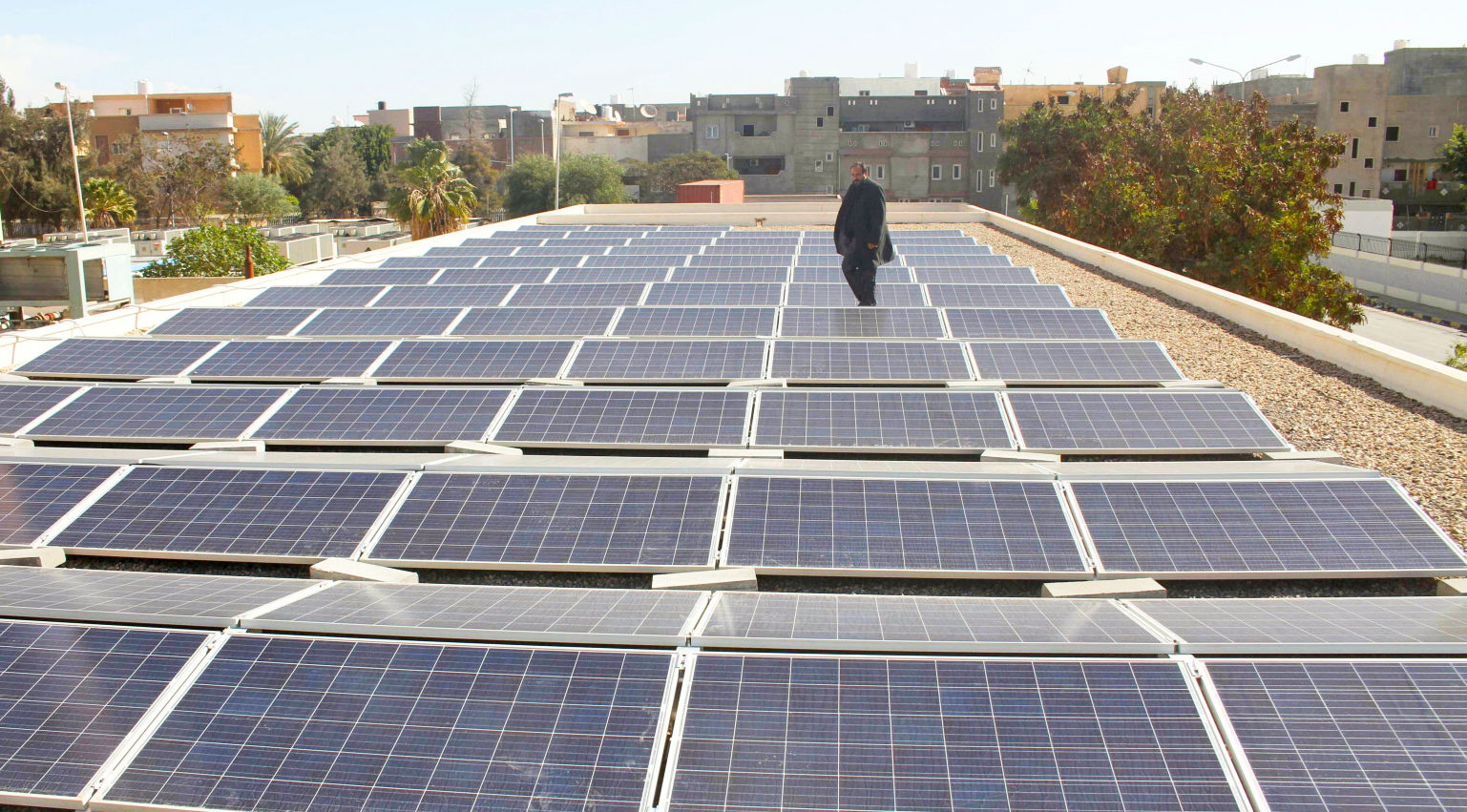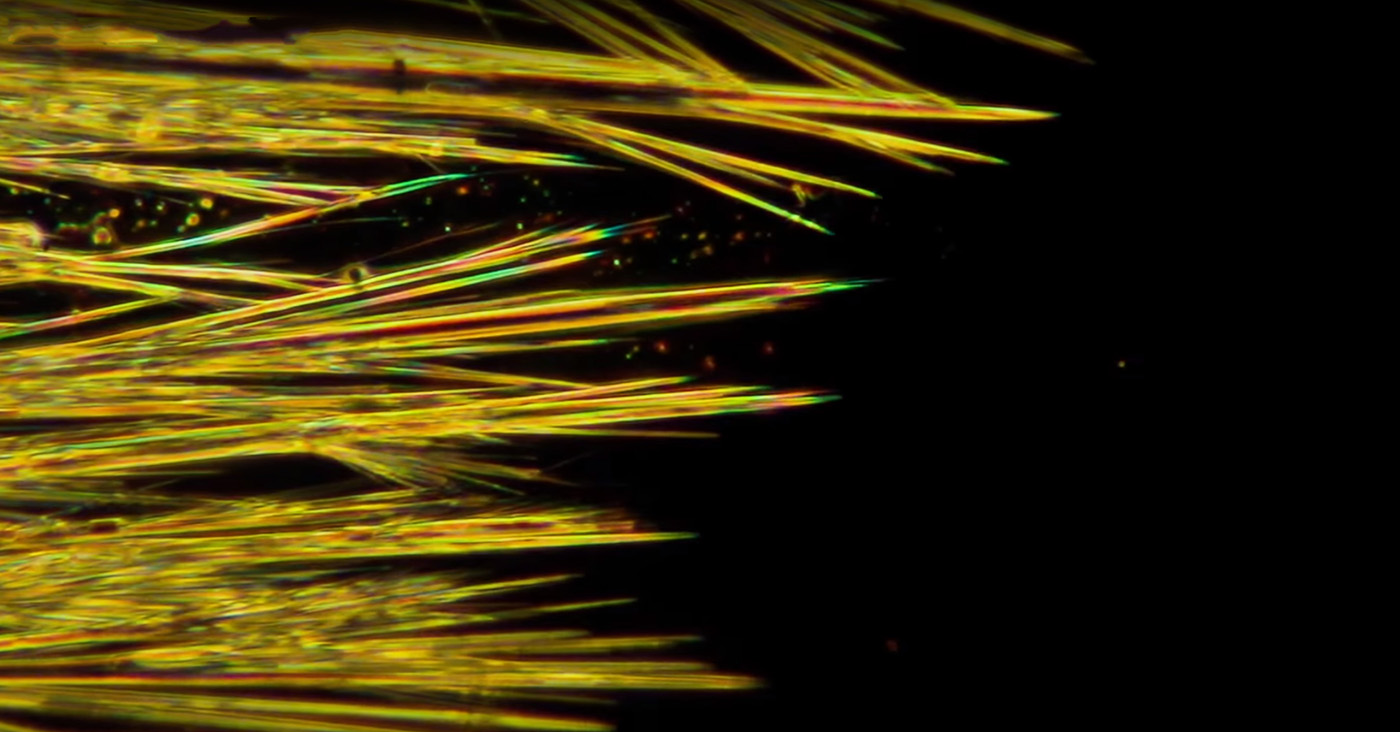
You don't have to know Shel Silverstein to know that trees are exceptionally giving. They're responsible for our homes, paper, air, furniture and, now, energy -- the "clean" kind, that is. Researchers from the Georgia Institute of Technology and Purdue University have jointly devised a patent-pending method to build organic solar cells using plant-derived substrates. Known as cellulose nanocrystal substrates (or CNC), these solar cells benefit from being truly disposable, eliminating the waste that results from the use of alternative materials like petroleum or glass. The CNC-made cells are not only transparent enough to allow light to pass into an embedded semiconductor, but they also dissolve when submerged into water, thus earning the esteemed recyclable distinction.
Although this is undoubtedly a breakthrough for clean energy tech, it's by no means a near-future reality. Apparently, current cells can only yield a 2.7-percent conversion efficiency rate, which falls far below the 10-percent threshold met by rival fabrication methods (i.e., petroleum and glass). So, there's still significant work to be done before the team can improve production and achieve parity with those less "recyclable" options. Until that time, consider this a comforting reassurance that a clean fuel era is well within reach.
Filed under: Science, Alt
Comments
Via: Forbes
Source: Georgia Tech, Nature
 As expected, US President Donald Trump has imposed a 30 percent tariff on solar cells imported into the US, mainly from Asia, a move that could bring the booming residential solar industry to a screeching halt. The levies are less than those requeste...
As expected, US President Donald Trump has imposed a 30 percent tariff on solar cells imported into the US, mainly from Asia, a move that could bring the booming residential solar industry to a screeching halt. The levies are less than those requeste...
 As expected, US President Donald Trump has imposed a 30 percent tariff on solar cells imported into the US, mainly from Asia, a move that could bring the booming residential solar industry to a screeching halt. The levies are less than those requeste...
As expected, US President Donald Trump has imposed a 30 percent tariff on solar cells imported into the US, mainly from Asia, a move that could bring the booming residential solar industry to a screeching halt. The levies are less than those requeste...
 While silicon solar panels are already providing electricity for a lot of homes and buildings, it doesn't mean researchers have stopped looking for better and cheaper alternatives. Case in point, a team of Stanford scientists working to make a cheape...
While silicon solar panels are already providing electricity for a lot of homes and buildings, it doesn't mean researchers have stopped looking for better and cheaper alternatives. Case in point, a team of Stanford scientists working to make a cheape...
 Turning sunlight into power is a surprisingly tricky thing. Experiments in academia have created solar arrays that can capture up to 40-percent of the sun's energy and convert it to electricity, but consumer cells are notably less efficient. At best,...
Turning sunlight into power is a surprisingly tricky thing. Experiments in academia have created solar arrays that can capture up to 40-percent of the sun's energy and convert it to electricity, but consumer cells are notably less efficient. At best,...
 Scientists have figured out a standardized way to make nanowires out of perovskite, a material that could one day make solar energy cheap and ubiquitous. Just a few years ago, cells made from the relatively inexpensive substances had a solar efficien...
Scientists have figured out a standardized way to make nanowires out of perovskite, a material that could one day make solar energy cheap and ubiquitous. Just a few years ago, cells made from the relatively inexpensive substances had a solar efficien...







